Table of contents

Native to Brazil, the peanut grass (Arachis repens) is great for gardens and flowerbeds because its dark green leaves, approximately 20 centimeters long, and its yellow flowers create a beautiful lining.
How to plant peanut grass
Planting peanut grass is simple and can be done with seeds or seedlings. The soil must be well prepared and rich in organic matter: before planting, fertilize it so that the grass will grow well. Also, choose your planting site well, because peanut grass cannot tolerate trampling and frost. If you live in a region with harsh winters, this is not the best option.
See_also: Patchwork rug: 60 patterns and inspiring tutorials for you to recreateIf you choose seeds, they can be planted directly into the soil, in spaced holes. The ideal is to plant an average of 3 seeds per hole. After planting, watering must be frequent so that the soil remains moist. The most indicated is to use seedlings, because, with them, the grass grows faster. To plant them, you only need to make spaced holes and place one seedling per hole, with regular watering.
Tips and Care
After planting peanut grass, you need to take good care of it so that the plant will develop properly. Then it will have beautiful dark green leaves and yellow flowers. Here are 6 tips for growing it:
- Soil: should be fertile, rich in organic matter, and well drained.
- Luminosity: It can be full sun or half-shade, but the best is to plant it in a place where it will receive a few hours of direct sunlight a day. This way you will get more flowers on your grass.
- Watering: has to be done regularly so that the soil doesn't dry out. This way, the plant will develop in a more adequate way.
- Pruning: pruning can be done only once or twice a year. However, if peanut grass is planted in a flowerbed or small space, it is good to regularly remove branches that spread and invade other environments.
- Fertilization: It is not necessary to do it every time, but it is important to do it at least every 4 months. The ideal is to use organic fertilizer, such as worm humus or bovine manure.
- Pests: Peanut grass is usually attacked by mites and mealy bugs, but with a correct and regular fertilization it is possible to avoid the appearance of these pests.
If you take this care, your peanut grass has everything to grow well and give beautiful leaves and flowers. If you have a sloping area in your house, you can plant it in this space, as its long roots help to avoid landslides.
20 pictures of peanut grass to fall in love with this liner
In landscaping, peanut grass is widely used because of its beauty, versatility, and ease of cultivation:
See_also: See beautiful pictures of the chocolate orchid and care tips for the plant1. peanut grass is great for lining gardens

2. whether on large façades
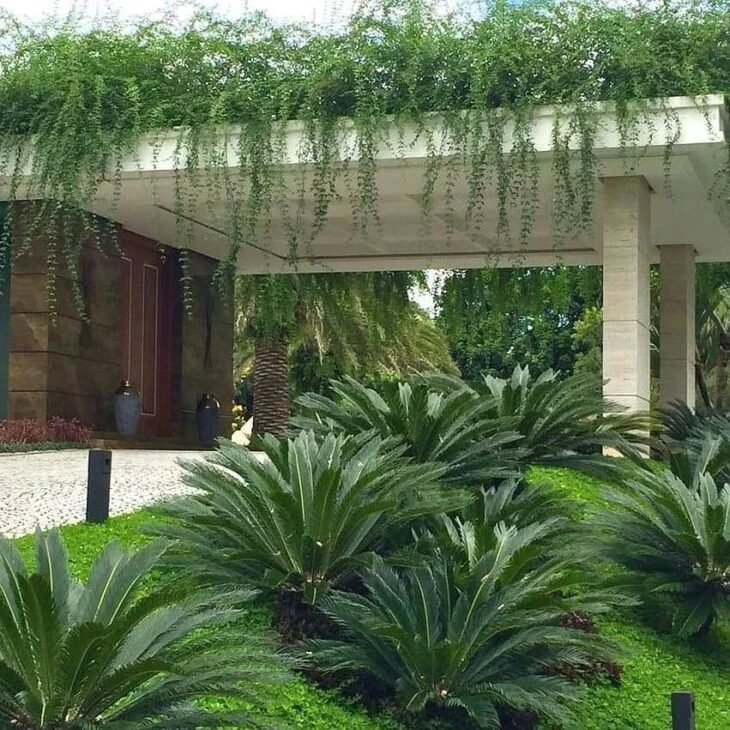
3. flowerbeds
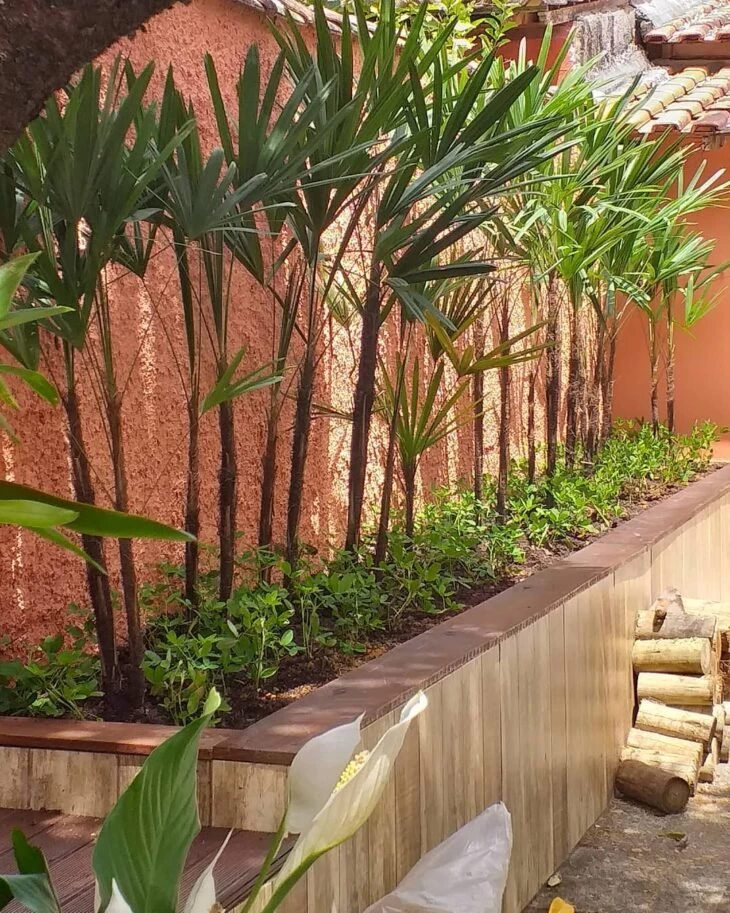
4. or even decks
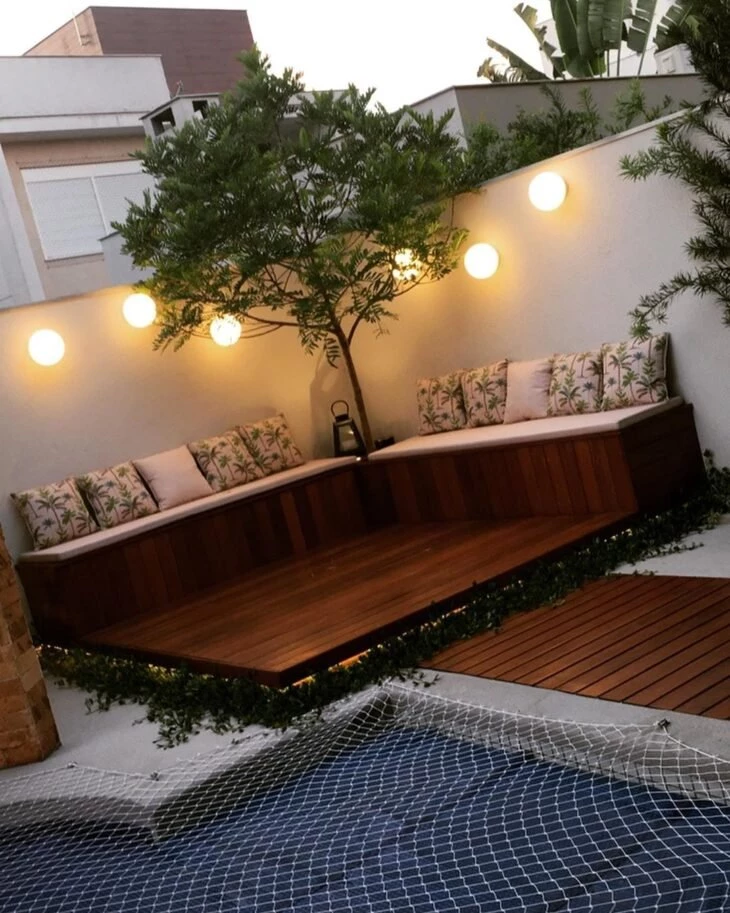
5. if you have a sloping area
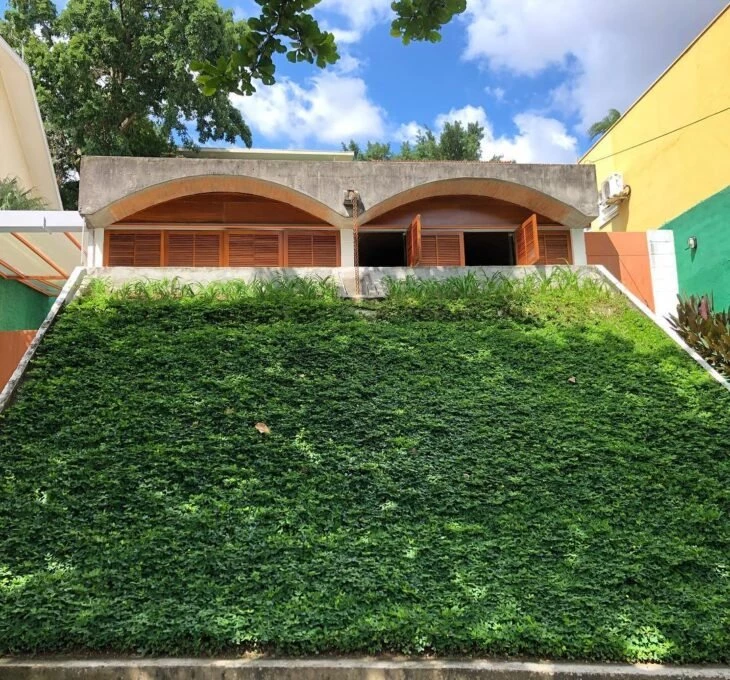
6. this grass will be excellent for beautifying the site
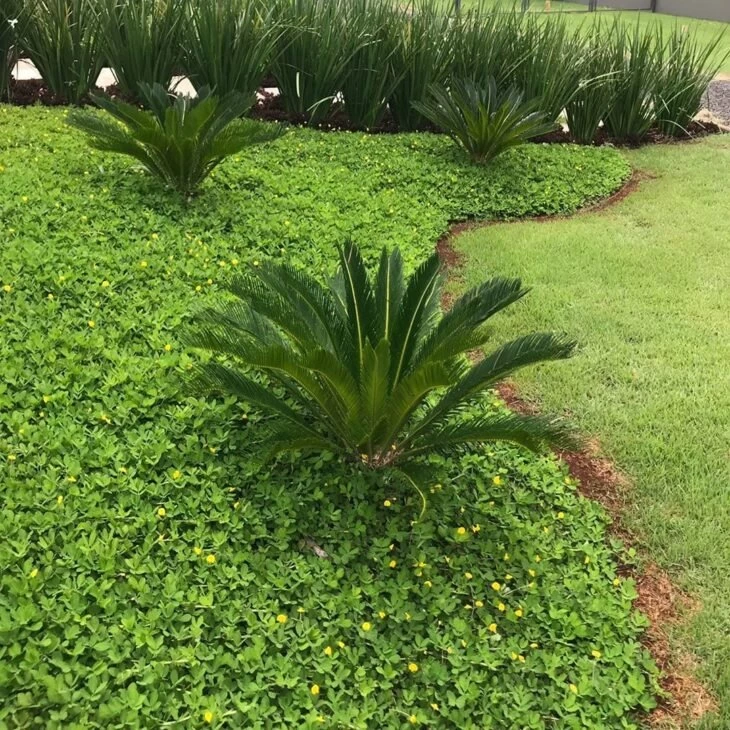
7. and prevent landslides
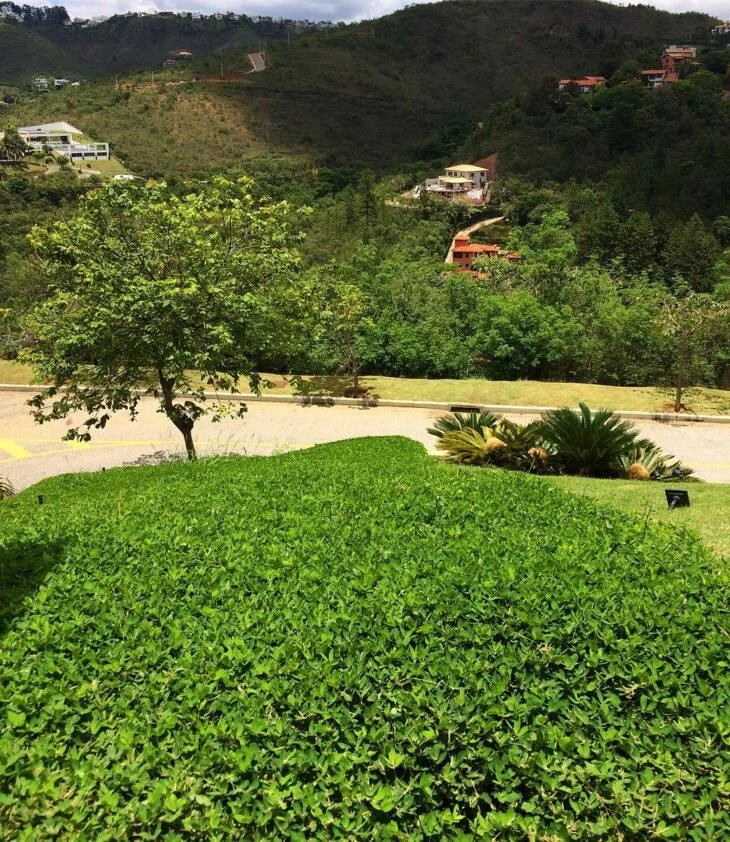
8. peanut grass can be the main attraction in the garden
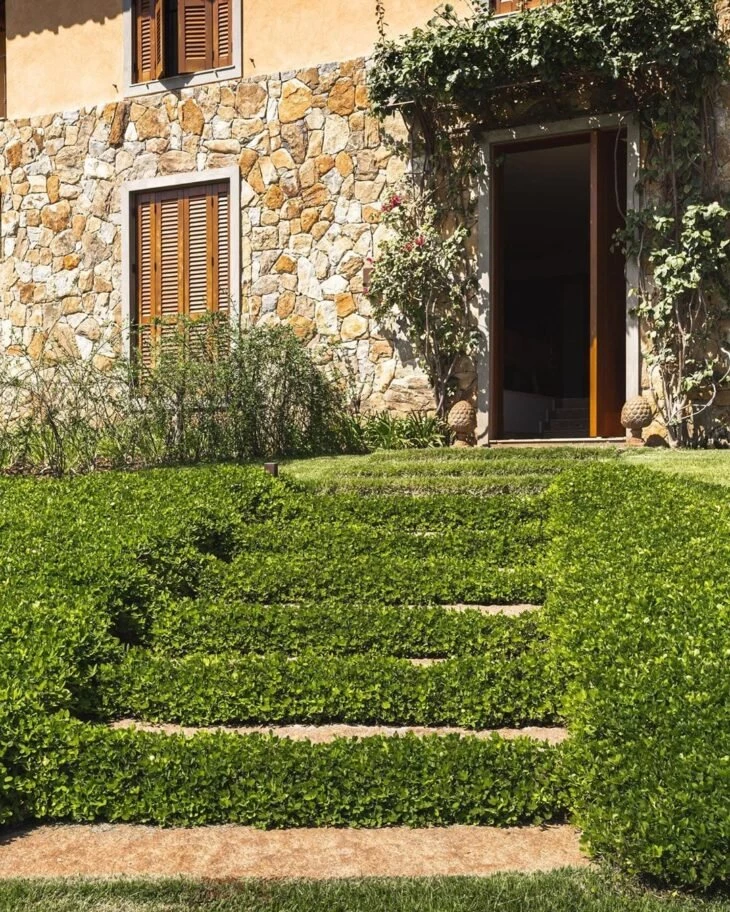
9. with its delicate leaves and flowers
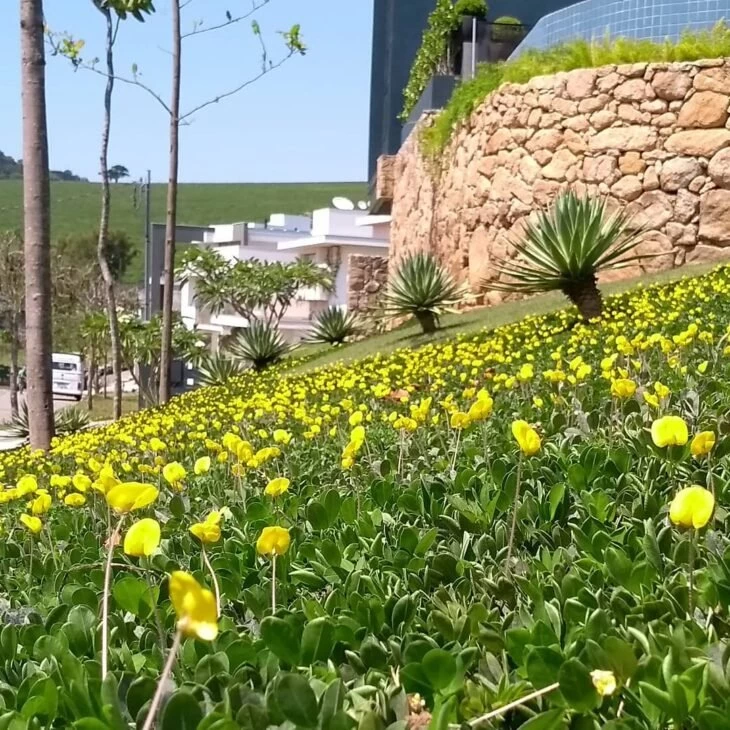
10. or it can be combined with other plants

11. like palm trees
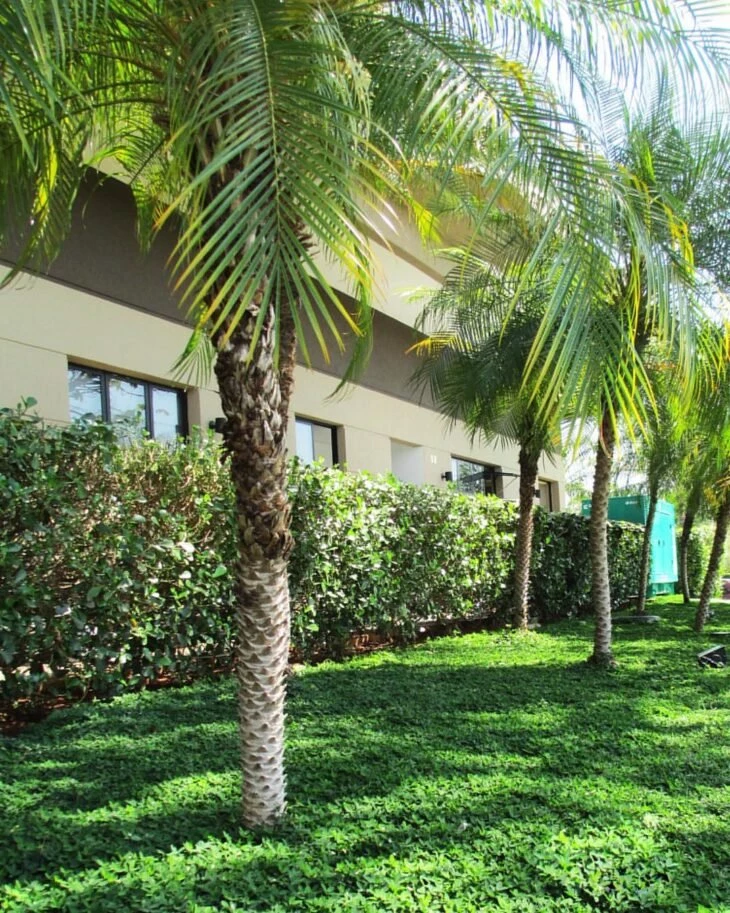
12. bromeliads
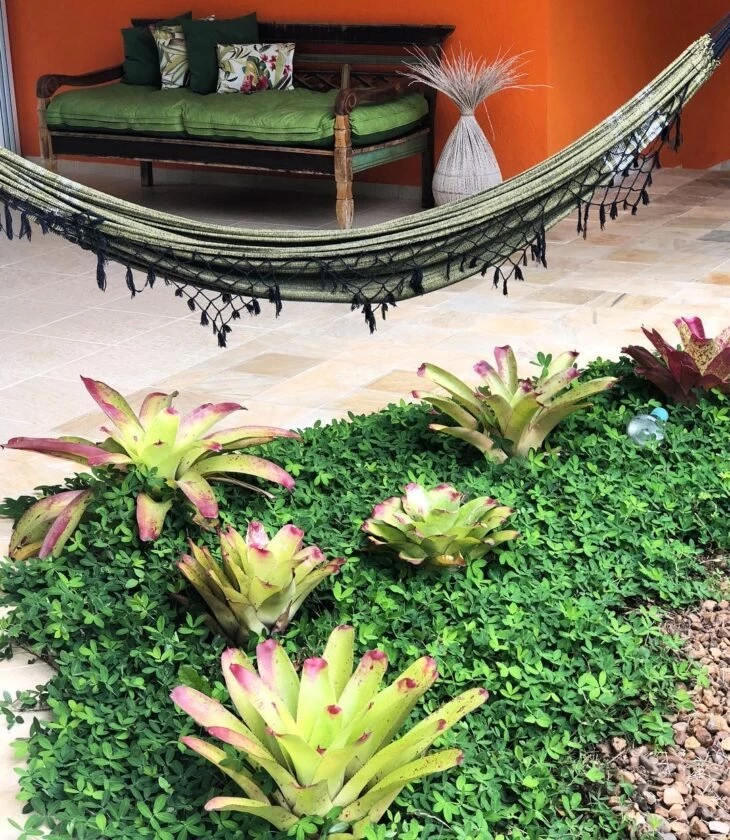
13. and even with other types of grass
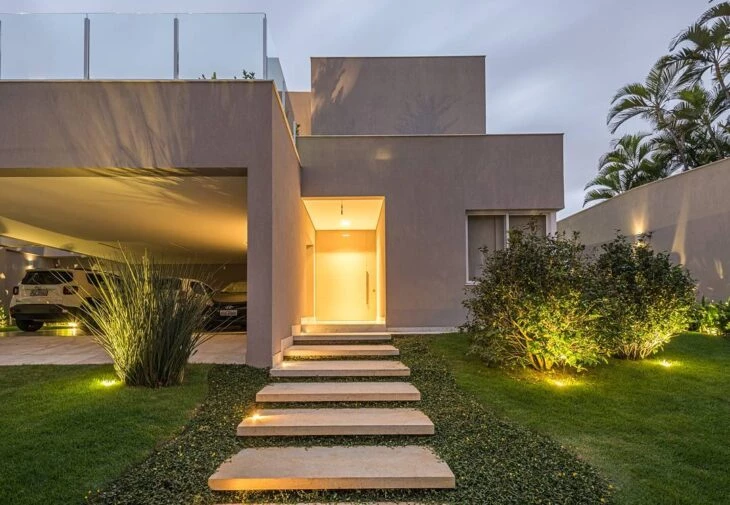
14. if you want to have an elegant garden
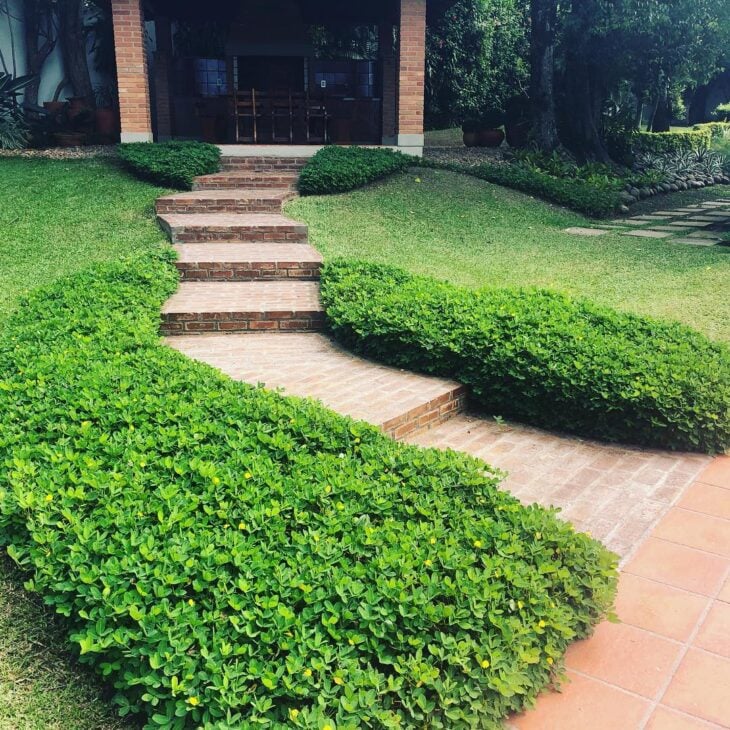
15. you can combine the grass with other green plants
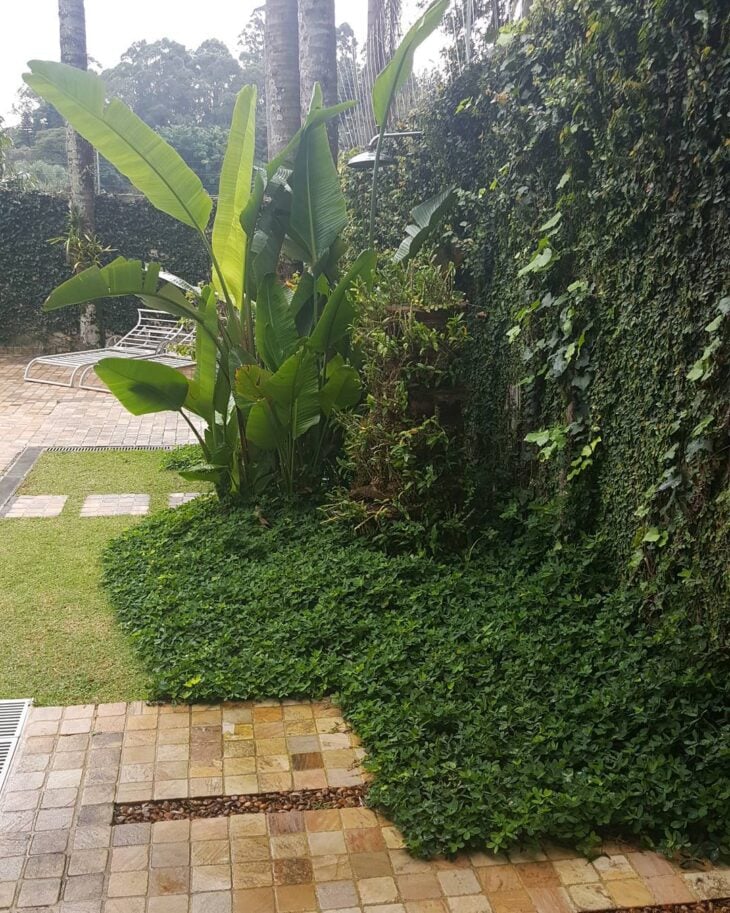
16. to make the area practically monochromatic
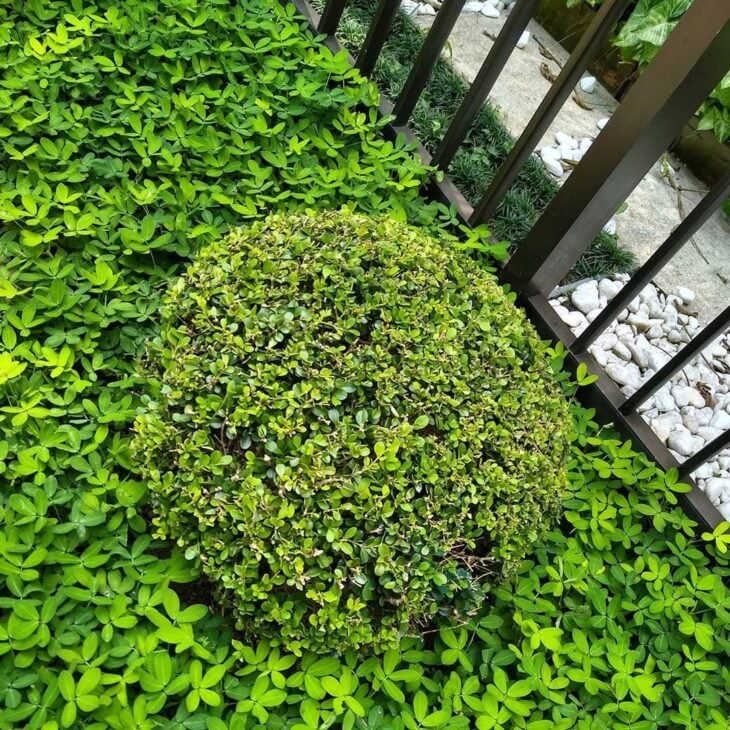
17. if you prefer a modern garden
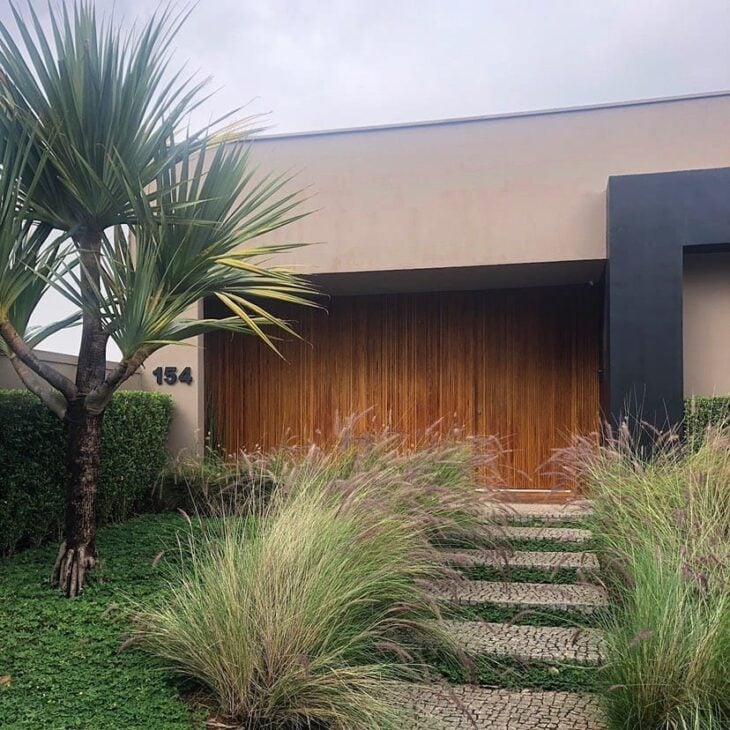
18. but still full of sophistication
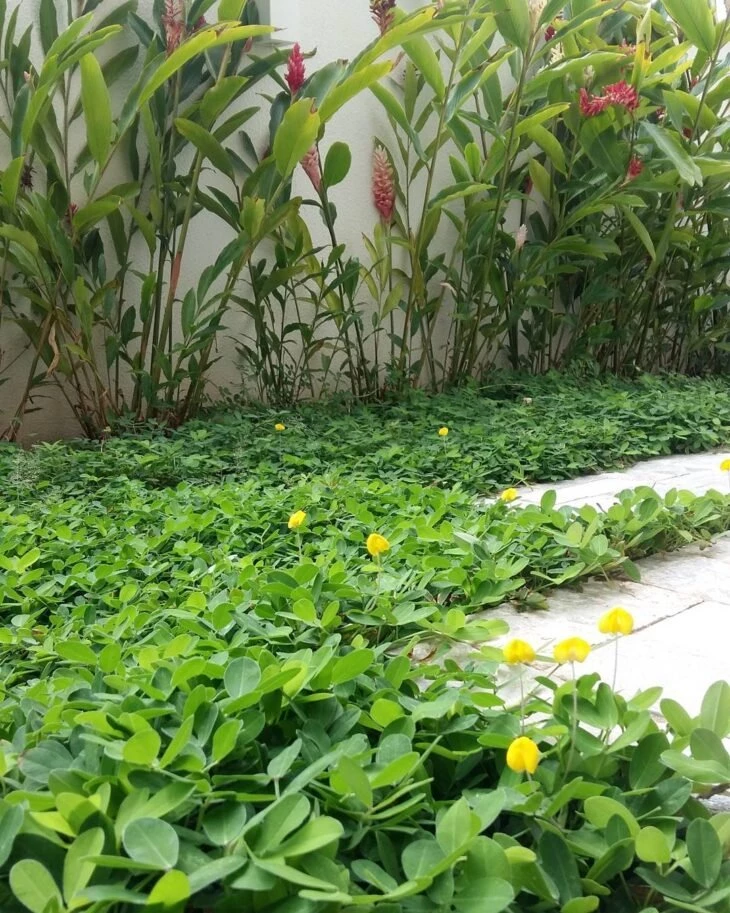
19. you can also combine the grass with plants of other colors
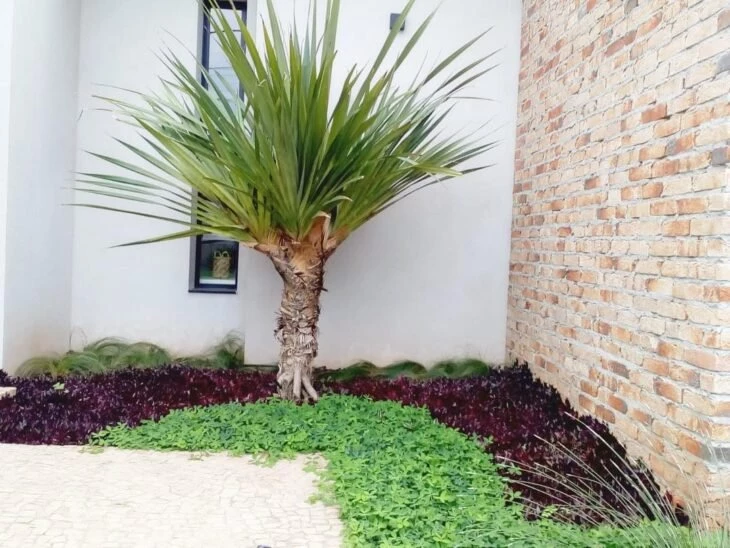
20. Which idea will you choose for your home?
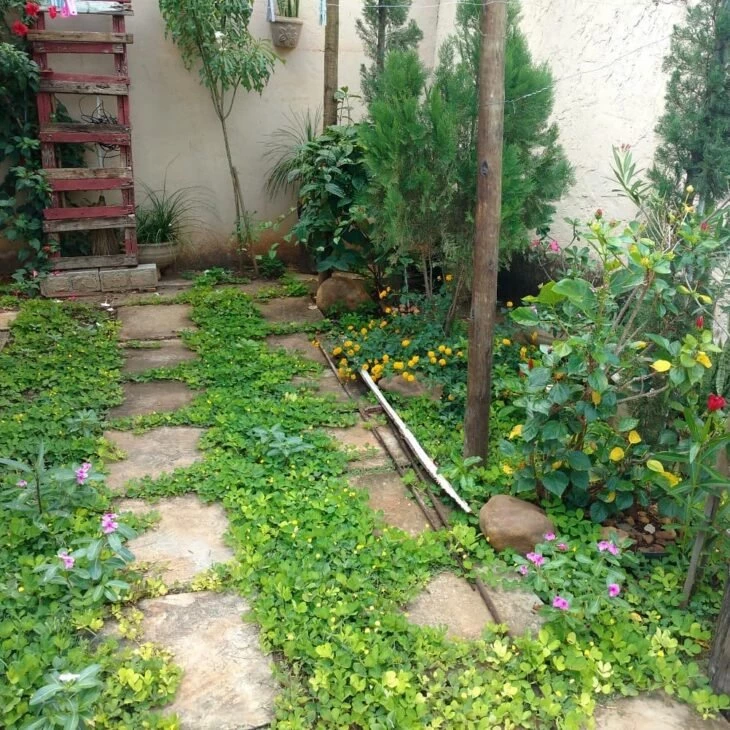
Peanut grass is a great option for lining your garden because it is versatile, beautiful, and easy to grow. Remember to decide on the type of planting, choose the site well, and take care of the grass so that it grows and gives beautiful leaves and flowers. And to complement your space, how about seeing other types of garden plants?


